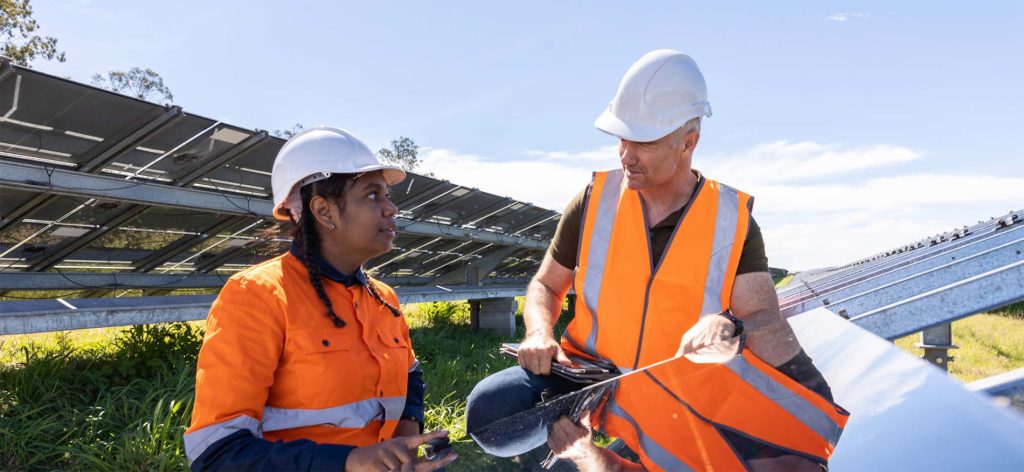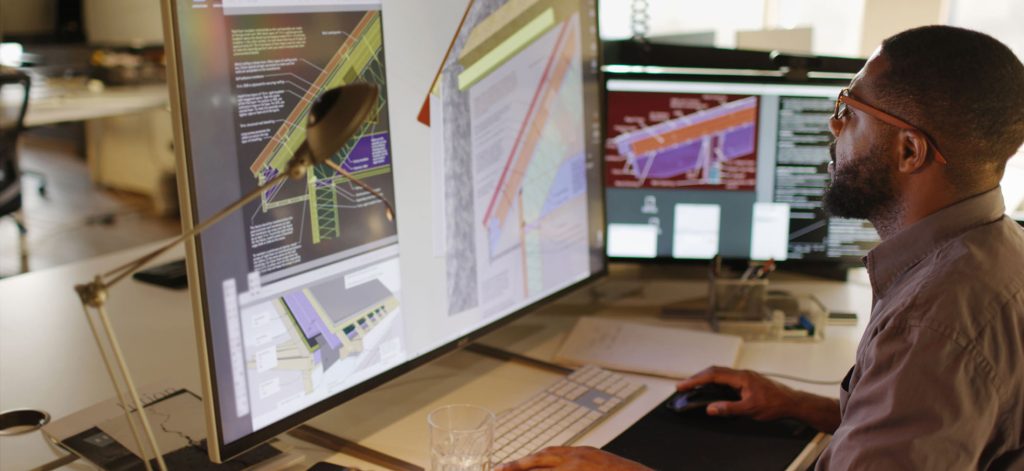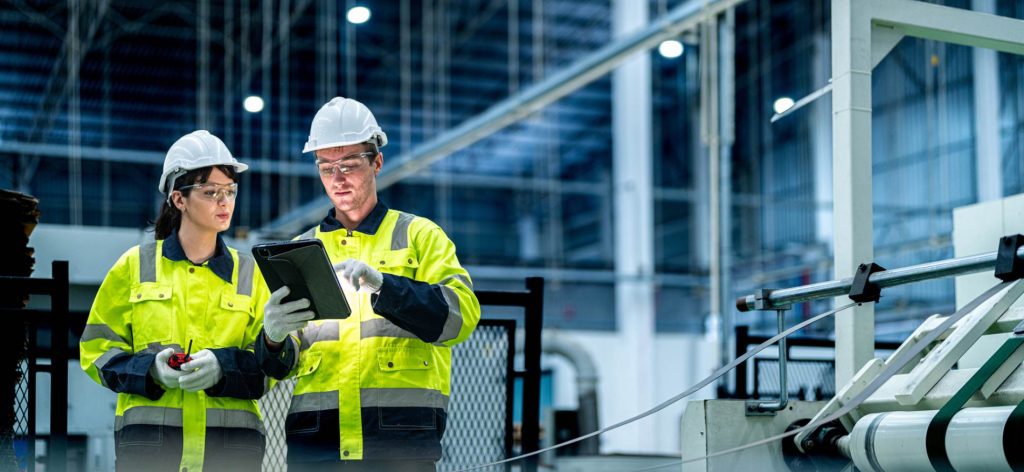How to guarantee health and safety in infrastructure and utilities’ new normal
As we recover from the pandemic it’s time to talk about how we’ll navigate the new normal to ensure health and safety at work. The 28th of April marks World Day for Safety and Health at Work. The purpose of the day is to promote health and safety at the workplace and also learn…
As we recover from the pandemic it’s time to talk about how we’ll navigate the new normal to ensure health and safety at work.
The 28th of April marks World Day for Safety and Health at Work. The purpose of the day is to promote health and safety at the workplace and also learn how to promote a safe and healthy culture to reduce work-related deaths and injuries. As recruiters, ensuring that the workplace is safe for our clients and their employees is at the forefront of our minds.
As the COVID-19 pandemic begins to die down, many may be inclined to believe that the workplace is now a completely safe environment. However, that is far from true and, if anything, it has caused increased concern in the workplace.
Over the worst of the pandemic, many were stood down as workplaces were reduced to a 25 per cent capacity. Casuals who were regularly at work had their hours reduced or did not come into the workplace at all – some were out of work for extended periods of time. As more people return to work, we’ve seen new mindsets and trends emerge that could dramatically affect health and safety at work.
The industry’s new normal
The high-risk nature of work in infrastructure and utilities is already a well-known concern of people in the industry. From working at heights to heavy manual labour and the potential of working with hazardous chemicals, there’s no wonder health and safety are the highest concerns managers have of their employees.
As employees return to work after being stood down for extended periods, many have become complacent as they continue to hold a working from home (WFH) or being at home mindset. When at home, people tend to be more casual about safety; they don’t use gloves when using chemicals, don’t wear safety equipment when using ladders and don’t always check and assess that their tools are safe to use. Ultimately, some complacency on the worksite as employees have rushed back to work to meet deadlines has created higher risks than ones that already existed.
COVID-19 has slowly been eradicated from Australia but there is still the possibility of future outbreaks. The chance that a worksite may be shut down from the virus with little-to-no notice creates more urgency to complete projects on time. On top of that, the industry faces exacerbated candidate shortages due to limited migration caused by border restrictions due to COVID-19.
With the urgency to meet deadlines comes other concerns for employee health and safety. Employees are rushed back, corners are cut and with more people allowed onsite, there are more workers that employees need to be aware of when working. Rushing to meet deadlines also means that employees may be overworked. Tiredness and complacency aren’t typically a good combination for the workplace for obvious reasons.
Navigating the new normal to ensure health and safety
As employers onboard or re-onboard their workers, it will be important to keep the possibility of complacency and the consequences of urgency in mind. Employers should refresh safety measures to help reacquaint employees of the mindset they should have. As tempting as it may be to rush back into work and adhere to deadlines to get projects completed, managers should ensure processes are in place to avoid corner-cutting and keep an eye on how many hours their workers are doing to limit burnout.
At Fuse Recruitment, our responsibility is to ensure our candidates are going to be placed in work environments where they can perform safely and come home the same as they came in.
Over our years of working in the industry, we understand the importance of completing worksite audits and checks to ensure safety standards are met. We conduct full-site risk assessments to confirm that workplaces have safety procedures in place, all equipment have been tested and tagged, chemicals are labelled, and other standards are met before we commit to placing a candidate.
When placing candidates, we look at the lost time injury frequency rate (LTIFR) and if the candidate had recently been away from work due to work-related illness or injury, and we undertake workplace assessments (WPA) to ensure the employee only performs work that is safe for them to do so.
Other checks to ensure workers can meet safety standards include checking for construction white cards, relevant immunisations and ensuring tickets, such as working at heights and EWP accreditations, are refreshed every two years. In fact, our candidate management systems alert us when any candidates tickets are approaching expiration.
On top of formal training, candidates will also be put through an industry-specific induction before being allowed on site. We also assist with inductions and medicals requested by our clients.
Our industry specialists have a deep understanding of the typical work environment and the risks they may impose. As a result, we are committed to following strict procedures to guarantee the safety of our candidates and clients.
If you’re looking to hire candidates, fill in the form on this page and we’ll get in touch shortly.







